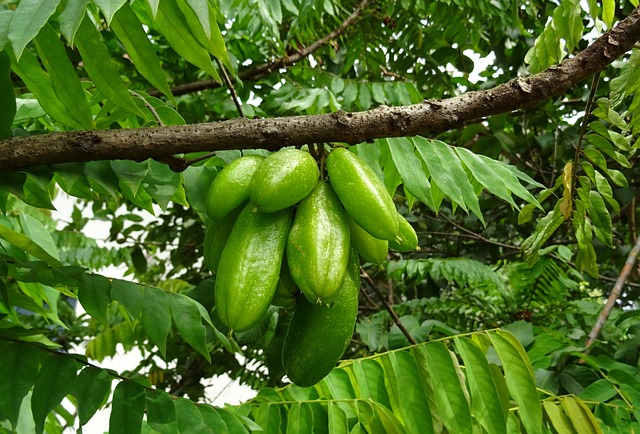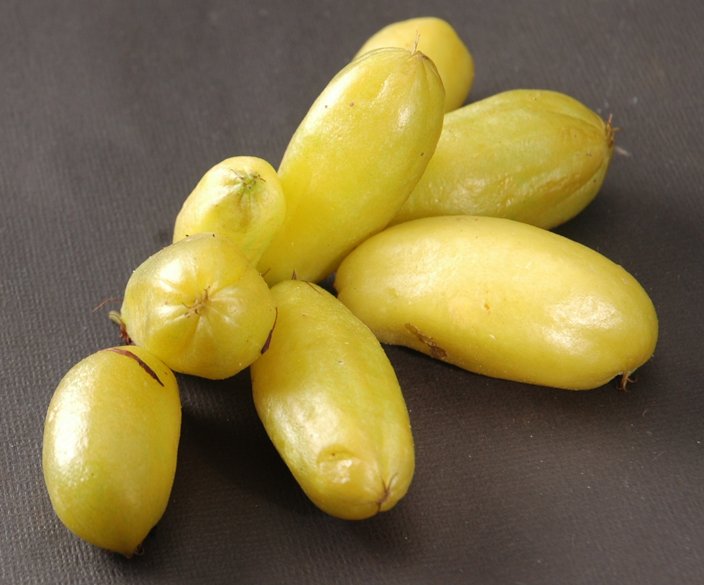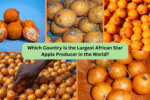Bilimbi, often overlooked outside its native regions, is a strikingly sour, versatile fruit used across Southeast Asia in cooking, medicine, and more. Known locally as kamias (Philippines), belimbing wuluh (Indonesia), taling pling (Thailand), and bilimbi elsewhere, this small green fruit packs a powerful tang academia.edu+11specialtyproduce.com+11journals.lww.com+11.
While precise global production numbers are lacking, it’s evident that Indonesia is the largest bilimbi producer in the world. Its geographical origin, widespread cultivation, and cultural integration give it a clear edge — even over regional rivals like the Philippines, Thailand, and Malaysia.
What Is Bilimbi and Where Did It Originate?

Bilimbi (Averrhoa bilimbi) is believed to originate from the Maluku Islands in Indonesia, later spreading naturally across tropical Southeast Asia . It thrives on a small, cauliflorous tree that bears clusters of sharply acidic fruits boosted by oxalic acid journals.lww.com.
Why Indonesia Is the Leading Producer

1. Native Roots and Natural Abundance
As the fruit’s native homeland, Indonesia boasts centuries of cultivation and abundant yields. Bilimbi trees are staples in home gardens and agroforestry systems throughout the islands sciencedirect.com+10en.wikipedia.org+10growables.com+10.
2. Cultural and Culinary Integration
In Indonesian cuisine, bilimbi is a staple souring agent — substituting tamarind or tomato in dishes like asam sunti (salted and sun-dried bilimbi from Aceh), sambals, curries, soups, and stews es.wikipedia.org+2en.wikipedia.org+2scientificlib.com+2.
3. Widespread and Year-Round Cultivation
The tree thrives in Indonesia’s tropical, well-drained soils, and tolerates seasonal rain patterns scientificlib.com+1en.wikipedia.org+1. This resilience supports cultivation across nearly all regions and seasons, giving Indonesia a constant, abundant supply.
4. Diverse Applications and Value-added Products
Beyond cooking, bilimbi yields pickles, jams, vinegars, juices, cleaning products, natural dyes, and even ethylene sources for ripening bananas scientificlib.com+6growables.com+6researchgate.net+6.
Regional Comparison: Indonesia vs. Others

Though other tropical countries grow bilimbi, none match Indonesia in scale or cultural depth:
Philippines
A fond presence in backyards, bilimbi—locally called kamias—graces dishes like sinigang, pickles, and fruit salads pt.wikipedia.org+5researchgate.net+5docslib.org+5academia.edu+6en.wikipedia.org+6docslib.org+6. Production is mostly informal, focused on home or street markets.
Thailand
Bilimbi (taling pling) appears in curries and relishes but lacks commercial plantations. Culture reflects limited, culinary-driven usage academia.edu+2growables.com+2researchgate.net+2.
Malaysia and Others
Cultivated for home use and local markets — nations like Malaysia, Sri Lanka, Bangladesh, and Maldives feature bilimbi in jams and curries .
The Americas & Beyond
Bilimbi was introduced to Jamaica (via Timor) in 1793, and later to Central/South America, Hawaii, Australia, and Africa researchgate.net+3growables.com+3scientificlib.com+3. Yet, its cultivation remains niche.
Culinary, Nutritional & Practical Uses
Culinary Roles:
Bilimbi’s intense acidity enhances flavor in:
- Indonesian delicacies: asam sunti, sambal, sauces
- Filipino staples: kamias, sinigang, salads
- Malaysian pickles and chutneys
- Caribbean relishes and marinades specialtyproduce.comscientificlib.com+2es.wikipedia.org+2en.wikipedia.org+2
Nutritional Benefits:
The fruit is rich in vitamin C, potassium, dietary fiber, and notable antioxidants and tannins sciencedirect.com+11specialtyproduce.com+11pt.wikipedia.org+11.
Traditional Medicine & Household Uses:
Used medicinally for inflammation, coughs, and fevers by applying fruit or leaf poultices scientificlib.com+2en.wikipedia.org+2specialtyproduce.com+2. It also serves as a natural cleaner for metal surfaces, dye mordant, and stain remover specialtyproduce.com.
Challenges and Constraints

Bilimbi thrives, but some hurdles include:
- Short shelf life: Fruits spoil within days — limit transport, wider cultivation fr.wikipedia.org+11growables.com+11academia.edu+11.
- High acidity: Contains oxalates and neurotoxins; excessive raw consumption risks kidney issues specialtyproduce.com.
- Limited commercial farming: Indonesia’s cultivation is largely informal. Larger-scale production is needed for international markets.
- Market penetration issues: Fresh fruit exports face logistics and processing challenges.
Opportunities for Growth
Emerging strategies to unlock bilimbi’s potential include:
- Processing solutions: Drying, pickling, juicing, jam and vinegar-making to extend shelf life.
- Extract products: Utilizing acidity in cleaners, dyes, and natural remedies.
- Research & agronomy: Breeding for size, reduced acidity, and yield enhancement.
- Ethnic food markets: Introducing bilimbi into Asian and health-focused food chains globally.
Conclusion

So, which country is the largest bilimbi producer in the world? The answer is Indonesia — the fruit’s native home, cultural stronghold, and perennial cultivator.
With abundant production, culinary heritage, and potential for value-added products, Indonesia leads the pack. As traditional ingredients gain global interest, bilimbi is gaining traction beyond homelands — and Indonesia is primed to grow its influence on the world’s plate.





Leave A Comment